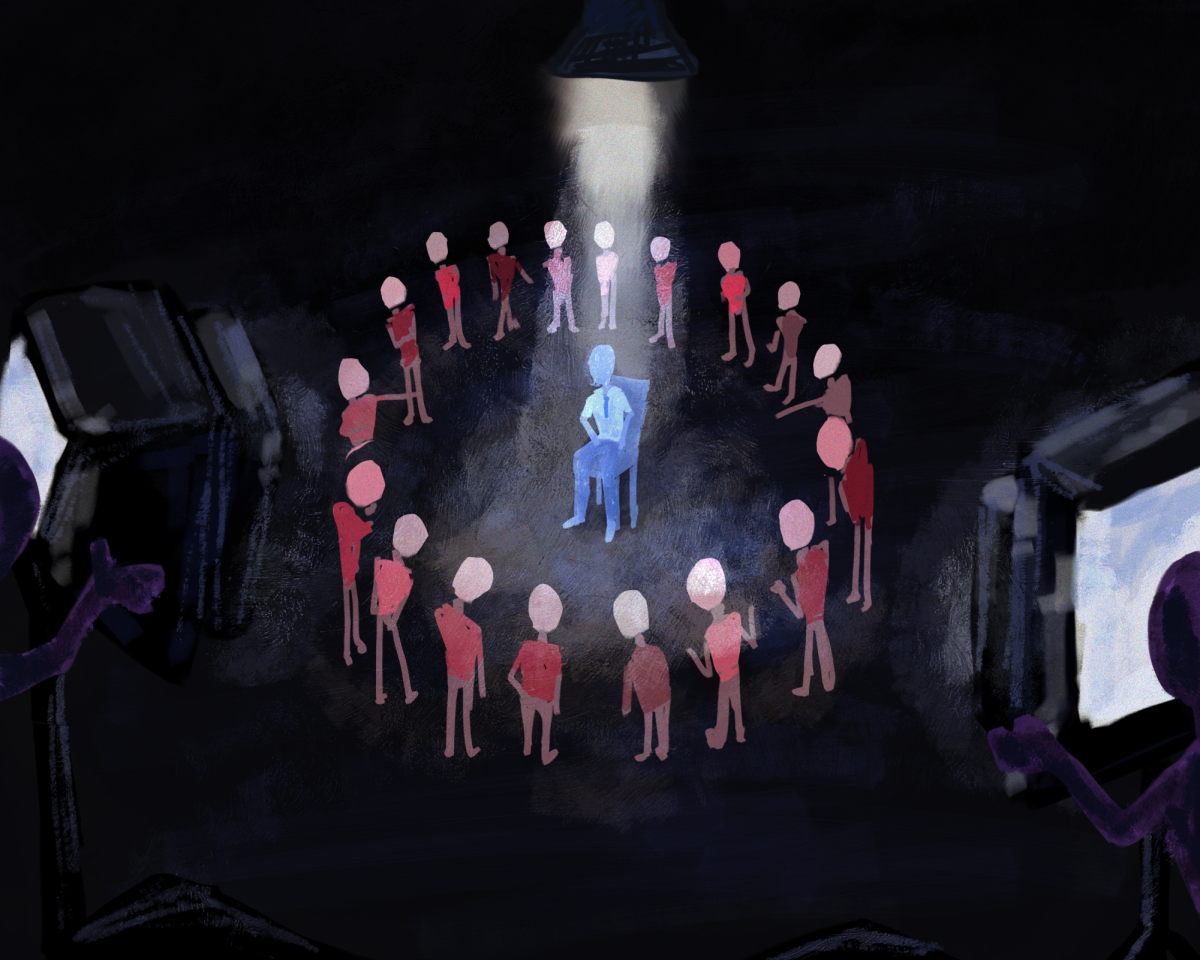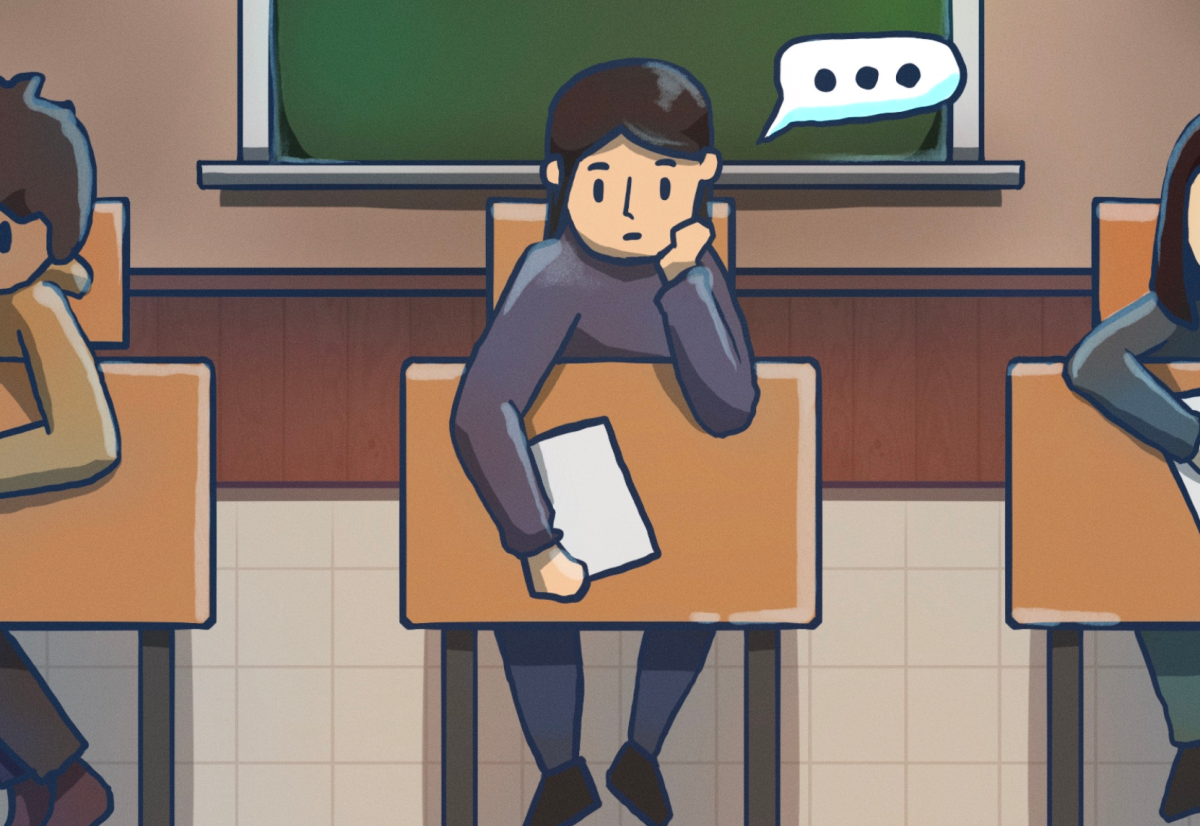Dear Black and White,
Mark Twain is quoted as saying, “There are lies, damn lies, and statistics.”
I am writing this letter to challenge a statistic that you included in your article on LGBT students in your Sept. 27 issue of the B&W. The statement that “10 percent of all people in the world are queer” is an incorrect statistic. The 10 percent number comes from the Kinsey Report in the 1940s, whose surveys have been thoroughly discredited because he “failed to meet even the most elementary requirements for drawing a truly representative sample of the population at large” (quoted from the www.frc.org website). A consortium of 31 pro-homosexual groups has even admitted in a friend-of-the-court brief they filed to the Supreme Court in the Lawrence v. Texas 2003 case that “the most widely accepted study of sexual practices in the U. S. is the National Health and Social Life Survey (NHSLS). The NHSLS found that 2.8% of the male, and 1.4% of the female, population identify themselves as gay, lesbian or bisexual.” (same source)
If the B&W folks had done even a brief Google search on that statistic, they would have found tons of articles criticizing the Kinsey Report. As a math person, I have seen presenters at MCPS workshops misrepresent and therefore distort statistics—I have an example of that from this summer’s CCSS workshop that I attended—and inaccurate and false statistics drive me and most of my colleagues a little crazy. The golden rule of statistics is that if you know what you’re doing, you can basically make statistics say anything you want them to say. I would challenge the B&W staff to do more thorough research when someone states a statistic to ensure that they’re not seen as a shill for either side in a debate but are seen as a news source that fairly examines all the angles in a story.
–Russ Rushton, Math RT









Tupac (!) • Nov 21, 2011 at 6:01 pm
^You seem to be a bit out of it.
A Student • Nov 17, 2011 at 7:22 am
Why publish this alone? It’s before school, so I’m always a bit out of it, but it seems that the entire little article here is just the e-mail without any sort of response or analysis.
So why post it, then? Are you trying to get students to recognize that since they recognize the errors in your articles, that you obviously recognize the errors, too? In this case, why not just apply this e-mail to the students in the department than just posting it up and saying “Hey, we read this, guys!”?